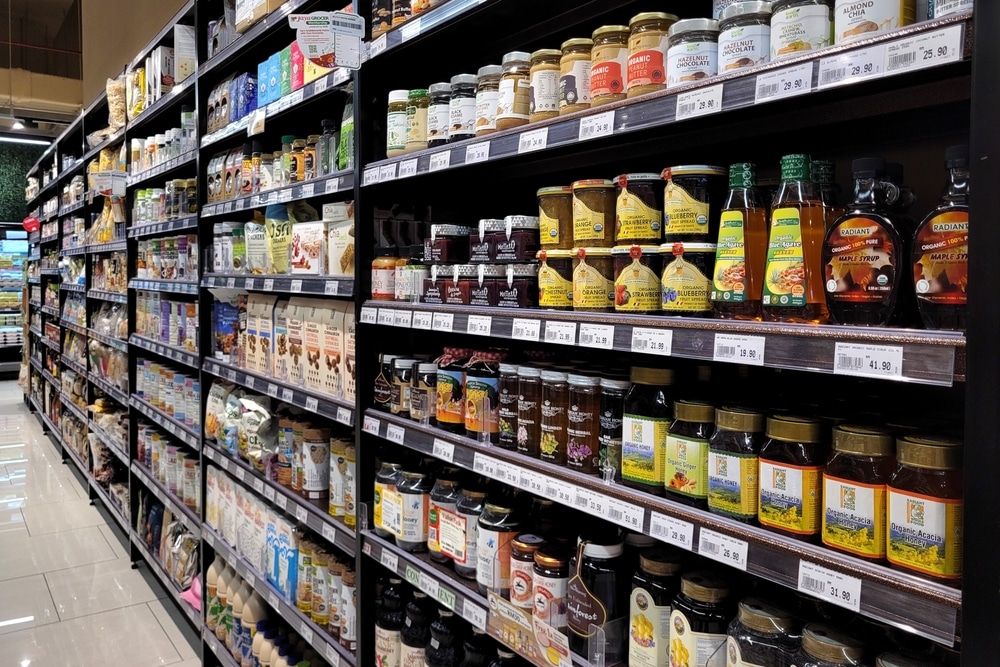In recent months, a troubling trend has emerged across the United States: honeybee populations are dying off at alarming rates, raising concerns about the ripple effects on agriculture and, ultimately, consumer grocery bills.
Beekeepers and researchers are sounding the alarm as colony losses reach levels not seen since the devastating colony collapse crisis of 2007-08, with potential economic consequences that could hit Americans right in their wallets.
According to a report from NBC News published on April 1, 2025, beekeepers nationwide are reporting unprecedented declines in honeybee populations, with commercial beehive operators noting an average loss of 62% of their colonies between June and February.
The article highlights the critical role bees play in the U.S. economy, citing a nonprofit supporting beekeepers, Project Apis m., which estimates that bees contribute $17 billion annually to agricultural production through pollination.
Crops like almonds, berries, and apples—staples in many households—rely heavily on these industrious insects, and their decline could spell trouble for food supply chains.
This isn’t the first time honeybee losses have made headlines. A 2023 survey covered by the Associated Press (AP) revealed that U.S. beekeepers lost nearly half of their managed colonies in the previous year, marking the second-highest death rate on record at that time.
The AP report, published on June 22, 2023, pointed to a combination of factors including pesticides, parasites like the varroa mite, and extreme weather as contributors to the crisis.
Fast forward to 2025, and the situation appears to have worsened, with NBC News noting that the current die-off of 1.1 million colonies is the most severe since the 2007-08 collapse.
The economic stakes are high. Posts on X from users like @MarioNawfal on February 22, 2025, emphasized the scale of the crisis, warning that the massive die-off “could shake the food supply.”
Almond growers in California, who depend on bees to pollinate their orchards, are particularly vulnerable.
With 62% of commercial bees wiped out in some regions, according to NBC News, the cost of renting surviving hives for pollination has skyrocketed, a burden that farmers may pass on to consumers. This could mean higher prices for everything from fresh produce to honey-sweetened products.
Experts are scrambling to pinpoint the causes of this latest surge in deaths. While the varroa mite and pesticide exposure remain persistent threats, climate change is increasingly seen as a compounding factor.
Erratic weather patterns—scorching summers, unseasonable freezes, and prolonged droughts—disrupt bees’ foraging and breeding cycles, leaving colonies weaker and more susceptible to disease.
The interplay of these stressors has created what some are calling a “perfect storm” for honeybees.
The implications extend beyond the farm gate. As pollination services dwindle, grocery store shelves could see reduced availability of bee-dependent crops, driving up prices at the checkout line.
NBC News underscored this concern, quoting beekeepers who fear that “Americans’ wallets” will feel the pinch as food production costs climb.
Historical data supports this worry: after the 2007-08 collapse, almond prices spiked, and similar patterns could emerge if the current crisis persists.
Efforts to mitigate the damage are underway. Beekeeping organizations are advocating for stronger regulations on pesticides and increased funding for research into bee health.
Meanwhile, some farmers are exploring alternatives like native pollinators or mechanical pollination, though these solutions remain costly and less efficient than honeybees. For now, the outlook remains uncertain, with the fate of both bees and grocery bills hanging in the balance.










